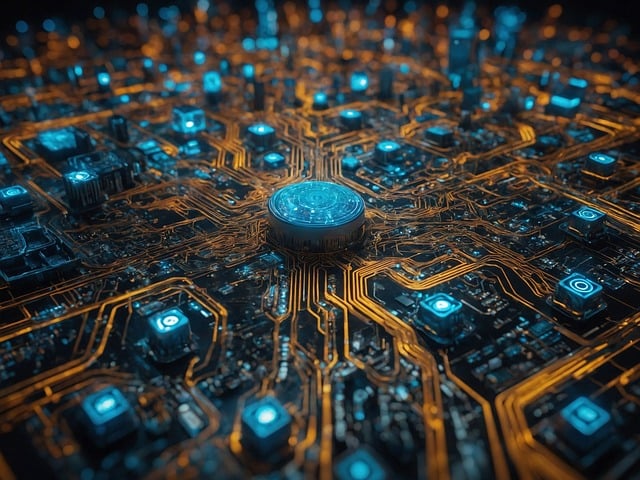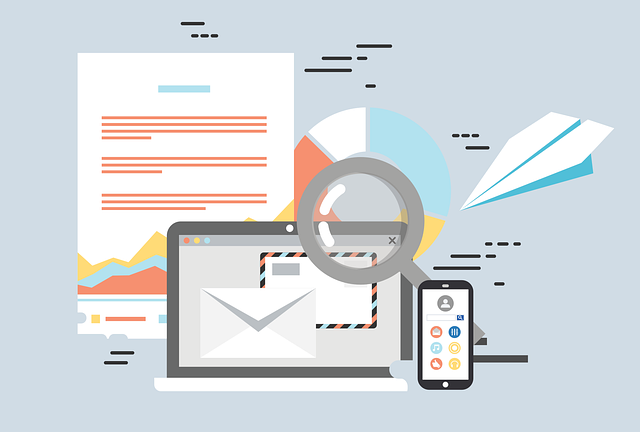AI kitchen-to-table timing monitors are transforming restaurant operations by analyzing data from procurement to service, predicting delays and optimizing meal times. This technology enhances customer satisfaction, boosts revenue through efficient resource management, and provides valuable insights for menu planning and staffing strategies. Implementing AI predictive analytics requires identifying key performance indicators (KPIs), continuous monitoring, and feedback loops to ensure dynamic solutions that drive operational efficiency and data-driven decision-making.
In today’s fast-paced business landscape, leveraging AI for predictive analytics offers a competitive edge. This article delves into the transformative power of AI solutions, specifically focusing on kitchen-to-table timing monitors. We’ll explore how these intelligent systems anticipate customer needs and optimize operations from order placement to delivery. Understanding the role of AI in predictive analytics can revolutionize your business strategy, ensuring timely service and enhanced customer satisfaction.
- Understanding AI Business Predictive Analytics Solutions
- The Role of AI Kitchen-to-Table Timing Monitors
- Implementing and Optimizing AI Predictive Analytics in Your Business
Understanding AI Business Predictive Analytics Solutions

AI business predictive analytics solutions are transforming how companies make data-driven decisions. By leveraging advanced algorithms and machine learning techniques, these tools can analyze vast amounts of historical and real-time data to identify patterns and trends that were previously invisible. This allows businesses to anticipate market shifts, optimize operations, and improve overall performance.
One innovative application within this space is the use of AI kitchen-to-table timing monitors. These solutions track and analyze various stages of a process, from raw material procurement to dish preparation and service, to predict potential delays or bottlenecks. By understanding these timings, restaurants can enhance menu planning, ensure consistent food quality, and minimize wait times for customers. This not only improves customer satisfaction but also boosts revenue through increased table turns and efficient resource management.
The Role of AI Kitchen-to-Table Timing Monitors

AI kitchen-to-table timing monitors are transforming the dining experience by revolutionizing how businesses manage their operations. These advanced solutions leverage artificial intelligence to optimize every step of the customer journey, from meal preparation to service delivery. By integrating AI algorithms with real-time data from various touchpoints, these monitors can predict and adjust cooking times, ensuring that food is ready just as customers order it. This not only enhances customer satisfaction but also improves kitchen efficiency and reduces waste.
Moreover, AI kitchen-to-table timing monitors provide valuable insights into menu performance, popular dishes, and peak dining hours. Armed with this data, restaurant managers can make informed decisions about inventory management, staffing schedules, and promotional strategies. Ultimately, these monitors contribute to a more seamless, enjoyable, and profitable dining experience for both customers and businesses.
Implementing and Optimizing AI Predictive Analytics in Your Business

Implementing and optimizing AI predictive analytics in your business involves a strategic approach that starts from understanding your specific needs and goals. The first step is to identify key performance indicators (KPIs) that are critical for your operations. Once defined, these KPIs serve as data inputs for AI models designed to predict trends and outcomes. For instance, in manufacturing, AI kitchen-to-table timing monitors can optimize supply chain logistics by predicting demand and potential bottlenecks, ensuring efficient inventory management.
After setting up the predictive analytics system, continuous monitoring and refinement are essential. Regularly review model performance, calibrate algorithms based on new data, and adjust thresholds to better align with changing business conditions. Incorporating feedback loops ensures that your AI solution remains dynamic and responsive, enhancing its accuracy over time. This iterative process not only improves operational efficiency but also fosters a culture of data-driven decision-making within the organization.
AI business predictive analytics solutions, such as AI kitchen-to-table timing monitors, are transforming the way we optimize operations. By leveraging these advanced tools, businesses can anticipate customer needs, streamline processes, and enhance overall efficiency. Implementing AI predictive analytics is no longer a consideration but a necessity for staying competitive in today’s data-driven landscape. Remember that continuous optimization and adaptation are key to unlocking the full potential of these solutions.
